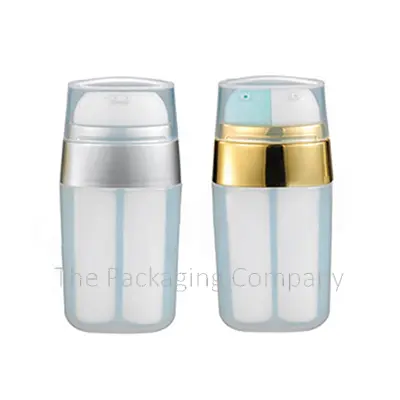How glass bottles are made?Posted by Alexa bale on December 2nd, 2018 Though the use of plastic in pharmaceutical packaging is quite prevalent, there is still a huge scope of glass in the industry. This is the reason why a cosmetic bottles manufacturer and designer prefers the usage of glass bottles for various products. But have you ever wondered how glass bottles are made. The answer is given below. The development of glass bottle machining sickly-looking with the arrival of feed and flow machines, which allows Cosmetic bottles manufacturer and designer to generate larger production runs than was earlier possible.Glass production is wrecked down into two usual categories: container production and sheet production. Bottle machining is actually a part of glass container production.
Hot End Process Bottle manufacturing is carried out at a glass container factory in several steps. The initial stage of glass-container making starts with the hot end processes, which generally engage super amounts of heat to generate and shape a glass container. A furnace is first used to mold molten glass, which fed to the furnace as glass feed stock. Soda-lime glass stock is accountable for most (around 90 percent) of glass products, and is usuallymade up of silica, with about 10 percent each of calcium oxide and lime. Small amounts of aluminum oxide, ferric oxide, barium oxide, sulfur trioxide, and magnesia also account for about 5 percent of soda-lime glass. Before melting, cullet (recycled glass) is included in the stock, accounting for anywhere between 15 and 50 percent of the final glass composition. Once the stock has been sent to the furnace, temperatures inside the furnace can be as high as 1675 degrees Fahrenheit. Next, one of two method forming methods is applied: press-and-blow or blow-and-blow.
Cold End Processes At this stage in glass production, the bottles or glass containers are inspected and packaged. Inspection is often done by a combination of automated and mechanical inspection, to ensure the integrity of the final product. Common faults include checks (cracks in the glass) and stones (pieces of the furnace that melt off and are subsequently worked into the final container), which are important to catch because they can compromise the component. Packaging methods will vary from factory to factory depending on the specific type of bottle and the size of the production run. Like it? Share it! |



